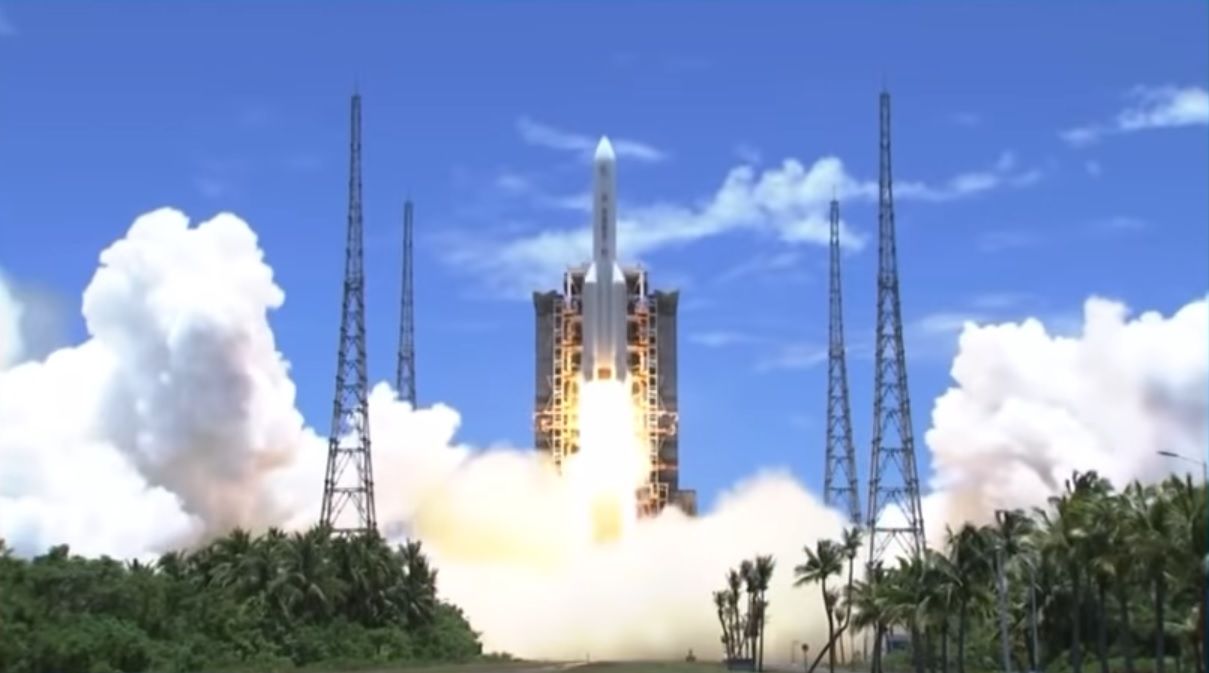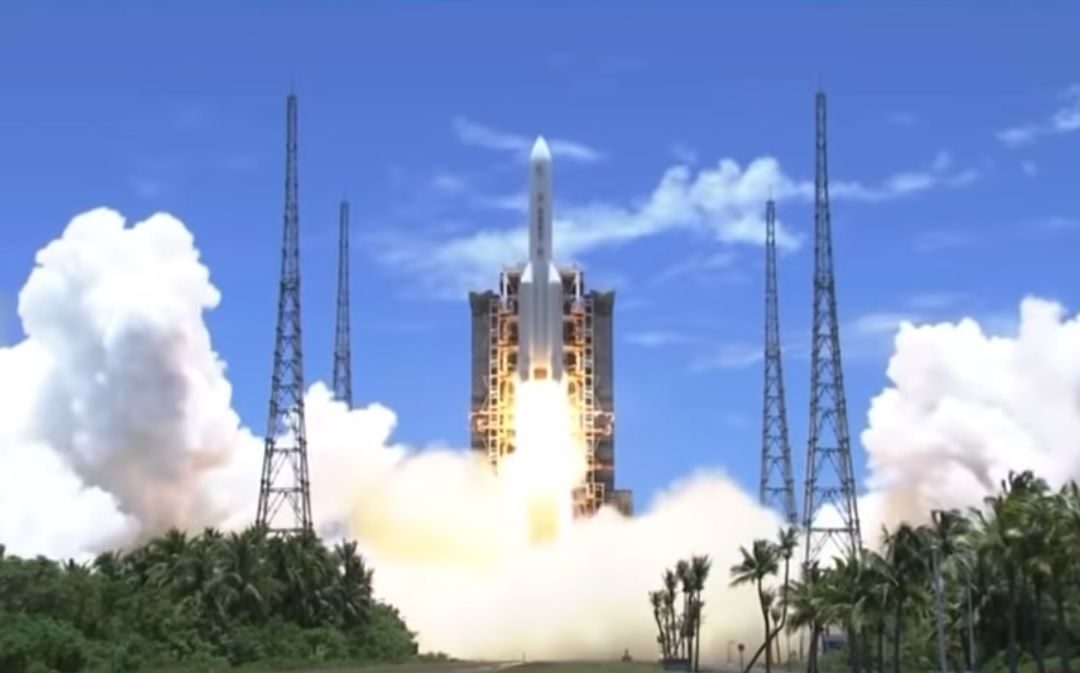
China’s first mission to Mars lifted off on July 23rd from Wenchang, China, at 12:41PM local time. The journey to Mars will take seven months, meaning that the spacecraft will arrive at the red planet in February next year. Once there, Tianwen-1 will maneuver into a near-polar orbit and prepare for landing the Mars rover that it’s carrying.
The science payloads featured on the orbiter include high- and medium-resolution cameras to monitor Mars from above, sounding radar and magnetometer as well as instruments for studying the planet’s atmosphere and ionosphere. The rover, in turn, carries geological experiment setups for mineral and rock type detection, an instrument for meteorological measurements, a ground-penetrating radar and a surface magnetic field detector, as well as several cameras.
Watch: Animation shows China's first Mars probe #Tianwen1's journey to the red planet. Tianwen-1 spacecraft is scheduled for launch in late July or early August. pic.twitter.com/Nfld8GW7MB
— Global Times (@globaltimesnews) July 21, 2020
This is China’s first interplanetary space exploration mission, which builds on the recent success of the Chang’e lunar exploration missions. In addition to Tianwen-1, the country also has plenty of more missions in the pipeline. A sample-collection mission to an asteroid, tentatively named ZhengHe, is planned for launch still in the first half of this decade. China also has plans for a future mission to Jupiter and another further away to interstellar space.
The name ‘Tianwen’ can be translated as ‘Questions to Heaven’ or ‘Heavenly Questions’. It’s the title of a famous ancient Chinese poem.
With the current alignment of Earth and Mars, this month provides an ideal launch opportunity for Mars missions that only occurs every 26 months. Earlier the same week, on the 19th of July, the United Arab Emirates launched their first Mars mission Al Amal (‘Hope’) on a rocket from Japan’s Tanegashima Space Center. One more lift-off to Mars is still to take place the following week, when NASA will be launching its Perseverance rover, designed to look for signs of past life and dig up samples that will potentially be returned to Earth in the next decade for study.
(Photo credit: Chinese Central Television (CCTV))





